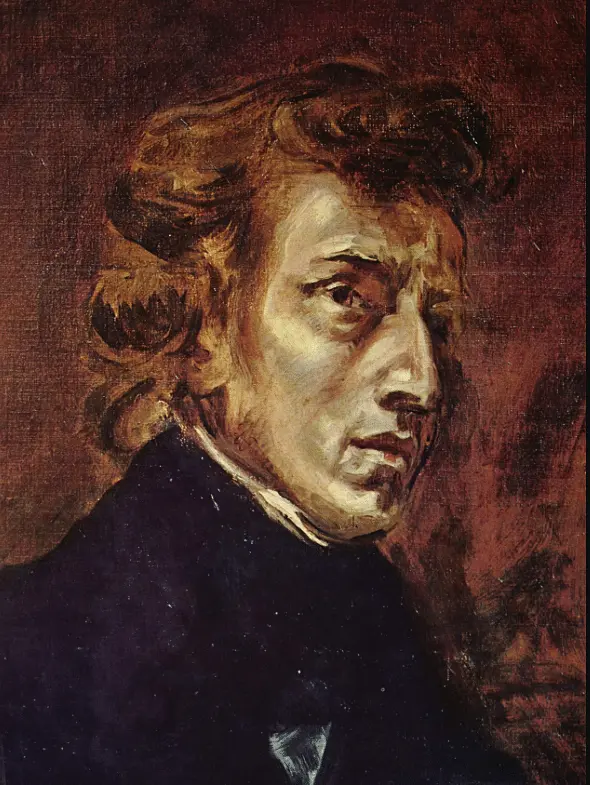Etude in C Minor
- classical music
- Sep 2, 2023
- 2 min read
Updated: Oct 11, 2023
Etude Op. 10, No. 12 in C minor
Composer: Frédéric Chopin
Date of publication: September, 1831
Nickname: Revolutionary Etude

After being learning that Poland had been crushed in the Battle of Warsaw in 1831, marking the end of the November Uprising against Russia, Chopin was devastated. The news left him bedridden with a fever and spiraling mental anguish. Understandably so, since Chopin had grown up in Żelazowa Wola, near Warsaw. When he recovered from the shock, Chopin was bitter; he resented that the French did not aid Poland, and even wondered if God himself was Russian. This bitterness was accompanied by a sense of helplessness – Chopin had been unable to serve his country during the rebellion due to his weak health. Instead, he was trapped in Vienna, watching his country’s defeat as an onlooker.
Chopin’s anguish became a prominent part of the last etude in his Opus 10 set of Etudes. This etude is especially difficult for the left hand, starting after a gunshot-like chord with a rapid descending ostinato. The right hand joins in shortly after with a recurring rhythmic motif in octaves, resembling the nationalistic pride the Polish fought for. However, the motif’s repetition and tension it generates becomes more like a cry for help, unanswered by the French. The technical difficulty prompted a popular joke amongst pianists: You should practice Chopin’s Op. 10, No. 12 for the left hand, Op. 25 No. 11 (Winter Wind) for the right, and Op. 10, No 4 (Torrent) for both. As the piece develops, the right hand’s octaves also feature triplet progressions, creating a 4:3 polyrhythm with the sixteenth-note left hand ostinato. The clash between the two rhythms produces a grittier atmosphere as the conflict worsens and Russia’s victory becomes inevitable. In the piece’s resolution, the voicing is soft and mournful – Poland has surrendered. One last run is played by both hands as one last cry or denial. The etude was dedicated to Liszt, who was supposedly able to perfectly sight read it up to tempo.
Fun Fact: Legend has it that there was a challenge or more of a jest that eventually, someone would play this etude in all octaves for the left hand, and one madman, Alexander Dreyschock, seriously attempted the challenge. Dreyshock practiced for 12 hours a day, 6 weeks straight, until he was able to play this etude up to tempo all in octaves for the left hand.


